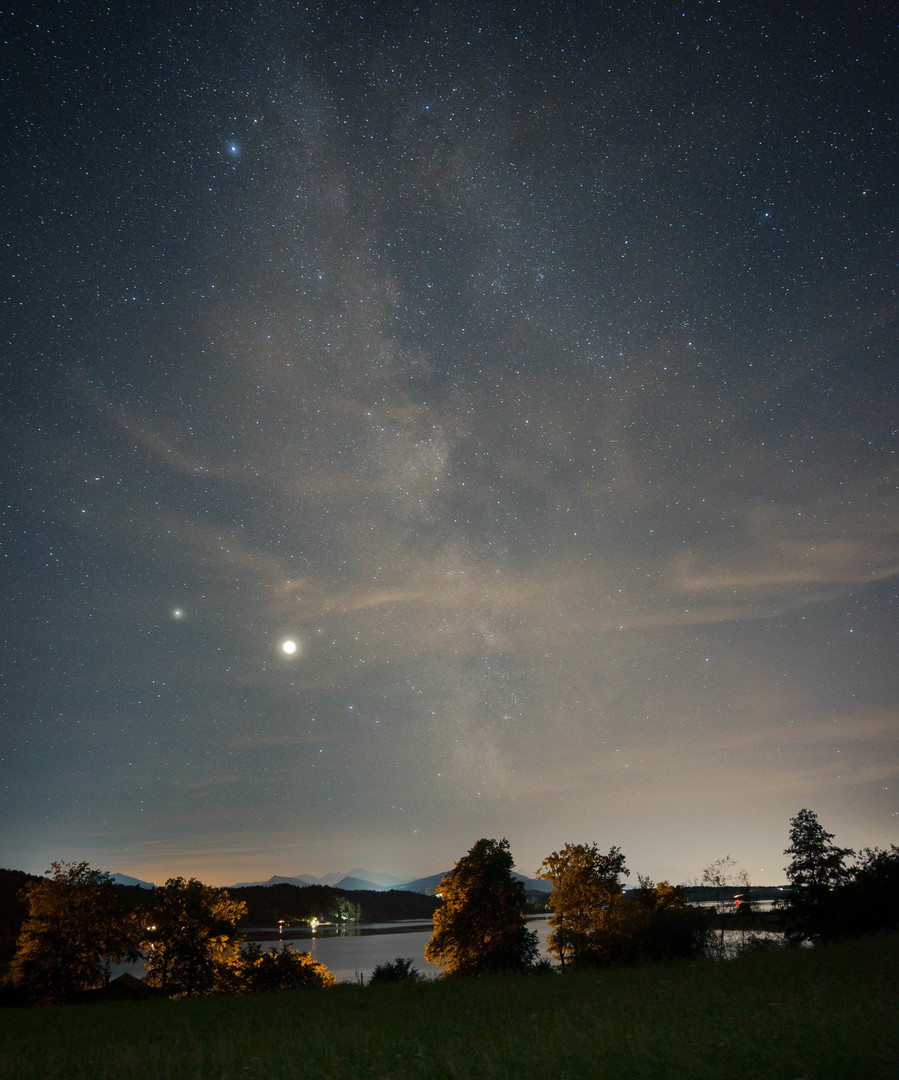













































The Milky Way out of a flying plane
Sounds impossible, but it's not.
I, too, thought it was impossible when I saw a photo of the Milky Way taken from an airplane window by Benjamin Jaworskyj. I was convinced it must be a fake. However, in one of his videos, he demonstrated his process, confirming that his image was genuine. Capturing a similar image has been a big dream of mine since then, even though it seemed quite impossible, given that many factors have to align...
A few years later, my girlfriend Laura and I set out for New Zealand. Naturally, one travels by plane here, and during our flight from Munich to Singapore (layover), many factors came together, reviving the idea behind this photo.
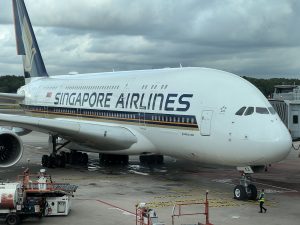
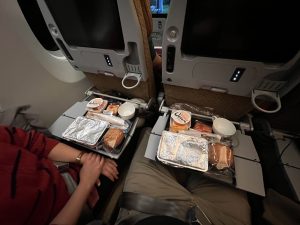
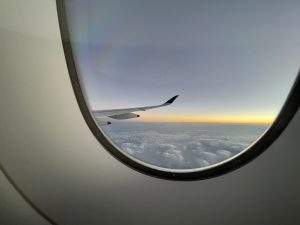
Factors
The most essential factor is, of course, the flight itself. It should be during the night or include parts of the night. The season is also important since the center of the Milky Way is not always visible. To check the position and trajectory of the Milky Way in advance, you can use the PhotoPills app.
In addition, the seat location on the airplane and weather conditions are essential. The seat should always be oriented to the south, and the airplane should fly reasonably parallel to it. Good weather goes without saying, although this is rarely a problem at such altitudes.
If these factors are present, additionally, the camera and lens should be suitable for astrophotography . It is important to use a fast lens (best a aperture <= 2.8) and ideally a full-frame camera. On Earth, a tripod would be mandatory to ensure longer exposure times (depending on the focal length – see 500-rule/300-rule). Using a tripod in an airplane can be a bit challenging, and one has to improvise to achieve a steady photo. As Benjamin demonstrates in his video, it's very practical to use a neck pillow for this purpose. You can wrap it around the lens and press it against the airplane window. This not only helps block reflections on the window from the interior but also reduces hand shake, resulting in a more stable shot.

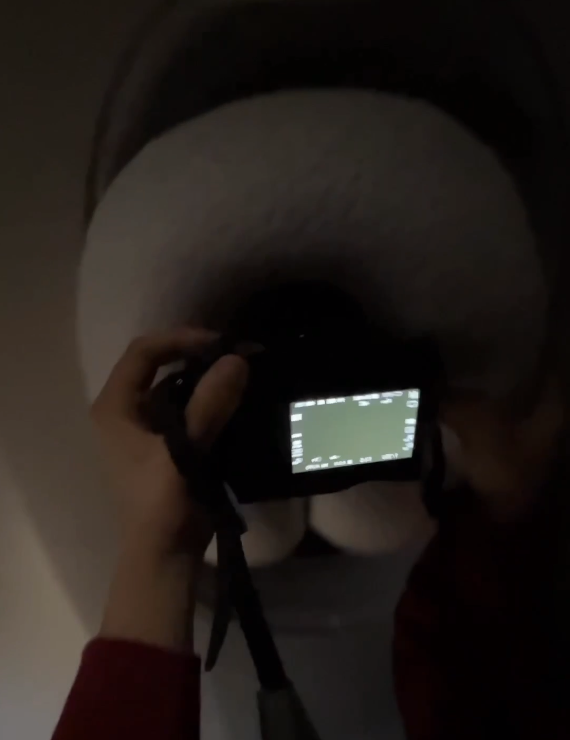
Conditions/Settings
On our flight, these factors were essentially met. We were flying eastward (towards Singapore), seated on the right side by the window, and after 4 hours of flight, we entered the night. Over India, a suitable darkness had set in, the plane was flying parallel to the south, and the initial test photos beautifully captured the center of the Milky Way.
Now, it was important to minimize the reflections of the interior lights on the window and keep the camera as steady as possible during the exposure time. The use of a neck pillow proves to be very helpful. Placing the neck pillow over the lens and pressing the combination against the window helps suppress reflections, allowing for reasonably stable camera support.
On Earth, with a tripod, an exposure time of 25 seconds at 17mm is common, and theoretically, up to 30 seconds is feasible. In the airplane, handheld/without a tripod, it is necessary to significantly reduce this exposure time, which results in a compromise with a higher ISO. Some attempts revealed that the best results could be achieved with an exposure time of 4 seconds at ISO 12800 and 17mm (aperture: 2.8).
Result

India's night sky out of a plane
Capturing the Milky Way out of a plane has a unique charm to me.
It is mindblowing to see the Milky Way from an aircraft. The height of about 10.000hm, the stunning panorama of the earth, and the marvelous scenery of the night sky make those shots extraordinary. Therefore, this kind of Milky Way shot was long a long-listed one.
On our flight from Munich to New Zealand with Singapore Airlines, we faced the perfect requirements as we found our seats next to the window (on the correct side), and we flew at night. A small neck pillow and a blanket helped eliminate the inner plane's light reflection on the window. Moreover, a steady hand and a period free of turbulences are required.
With an exposure time of 4s and an ISO of 12800 we could shoot this gorgeous Milky Way shot at the beginning of the night somewhere over India.
